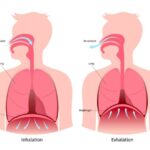The shoulder (glenohumeral) joint has more mobility than any other joint in the body, and consequently is injured at a high rate. Though conventional rehabilitation traditionally focuses solely on treating the shoulder complex, this joint is more often the victim than the culprit.
Due to the complexity and interconnectivity of the tissues of the body, dysfunction in one area (even if asymptomatic) may be driving the pain in a different area. It is important for treatment of the shoulder to consider the driver of the shoulder pain – in other words, the root cause.
By simply zoning in on the shoulder itself, we may be able to resolve short-term pain. However, we have failed to address key structures, movement patterns, or daily postures that may still be dysfunctional and lead to the eventual return of symptoms.

Postural Contributions
Clinically, we often find that patients with shoulder pain present with excessive forward head posture (pictured below). In this position, the cervical spine loses the natural curvature, and thus it’s shock absorption, with the head rotating backwards on the neck.
This faulty posture both encourages and follows a tendency of the thoracic spine and rib cage (mid-back) to move into a kyphotic (rounded) position. This in turn leads to a forward and rounded position of the shoulder blades.
The shoulder blades ultimately form the ‘socket’ of the ‘ball and socket’ shoulder joint, and poor alignment will significantly diminish the capacity of the shoulder joint.The rounded position of the thoracic spine also limits much-needed thoracic and rib cage mobility during upper extremity activities.
Over time these postural abnormalities lead to muscle imbalances, which perpetuate the abnormal posture. This combination of factors forms the basis for a biomechanically insufficient position from which to function from. The vicious cycle that ensues can lead to shoulder joint degeneration, as well as neck pain and cervicogenic headaches.
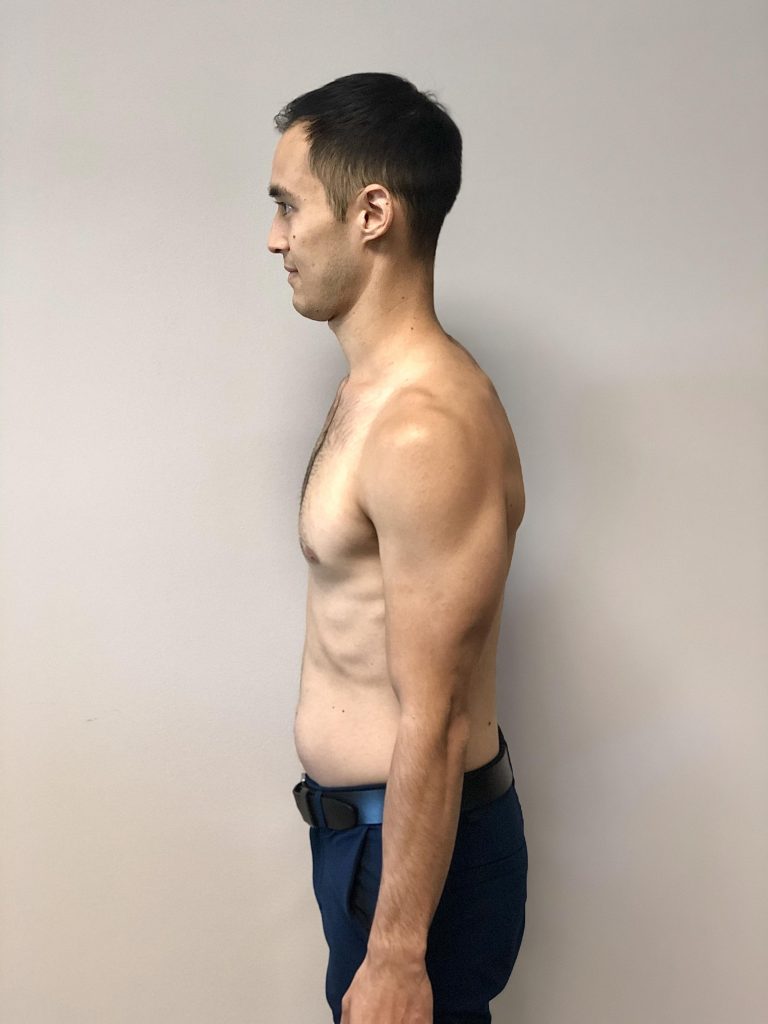
Conversely, an efficient alignment positions the head and neck in a more vertical, stacked position with the shoulders in neutral. In this position there is relatively less thoracic kyphosis than seen in a forward head posture, thus allowing movement of the shoulder, cervical spine, and the rest of the body to occur from a more biomechanically efficient position.
The body, being resilient and task oriented, will compensate to allow us to continue performing our functional activities. This means that the shoulder, because of its significant mobility, is called upon to move in suboptimal ways to make up for the poor head, neck and thoracic spine, and shoulder blade positions.
Home Program
When a client presents with shoulder pain, we evaluate the above factors and develop an individualized treatment plan based on each individual’s needs. Below is a series of exercises we commonly prescribe to help enhance neck, mid-back, and shoulder blade posture and strength.

1) Supine axial elongation with self-resisted O-A flexion and long-neck extension (improves cervical positioning on thoracic girdle and directly feeds into improved trunk stability):
-Lie on your back in a hook lying position (knees bent).
-Place one hand under the head and and the opposite thumb under the chin.
-Tuck the chin and use the thumb to resist the chin tuck (trying to push the head out of the chin tuck). With the opposite hand, try to lift the head off of the pillow, but resist with the head. This is an isometric contraction, meaning there should be no movement.
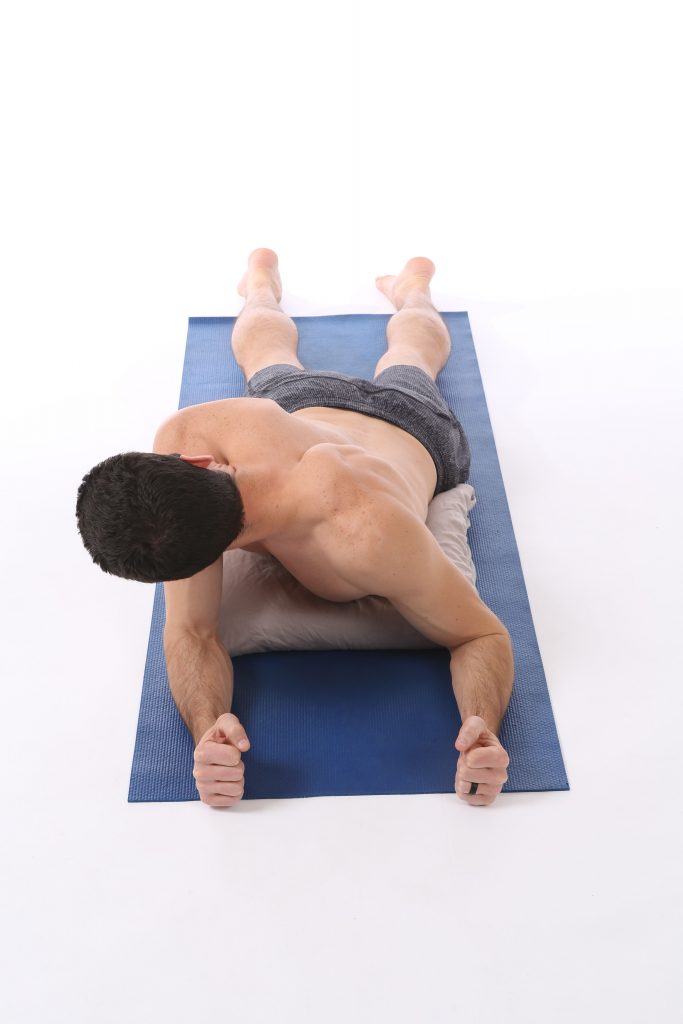
2) Prone on elbows combined with thoracic rotation (assists in improving key spine movements of extension and rotation):
-Begin propped up on elbows. Place a pillow under the stomach to support the lower back if needed.
-Press down through elbows to glide the shoulder blades forward along the rib cage. Hands should face directly forward from elbows – not touching. Shoulders set down and back against rib cage.
-Begin with the neck in a neutral position, with ears level to shoulder, chin tucked, and no sag to the head.
-Rotate head and neck to the right, looking down the right side of the body towards the right hip. Left shoulder blade should move down and forward. Right shoulder blade should be up and back.
-Return to midline. Repeat to the opposite side.
3) Forearm Wall Slide with Foam Roll (enhances scapula muscular control):
-Stand facing the wall with forearms on the wall OR on a foam roller or exercise ball against the wall (not pictured)
-Gently push elbows into the wall, sliding shoulder blades forward along rib cage (scapula protraction)
-Maintaining scapular protraction, slide forearms up the wall until unable to maintain pressure into the wall
-Return to the start position maintaining load into the wall and scapular protraction throughout
-Throughout the exercise the shoulders should NOT shrug up at all towards the ears.
4) Scapulo-thoracic stability over ball (improves strength of rhomboid, multifidus, and trapezius muscles for improved scapular positioning on ribcage):
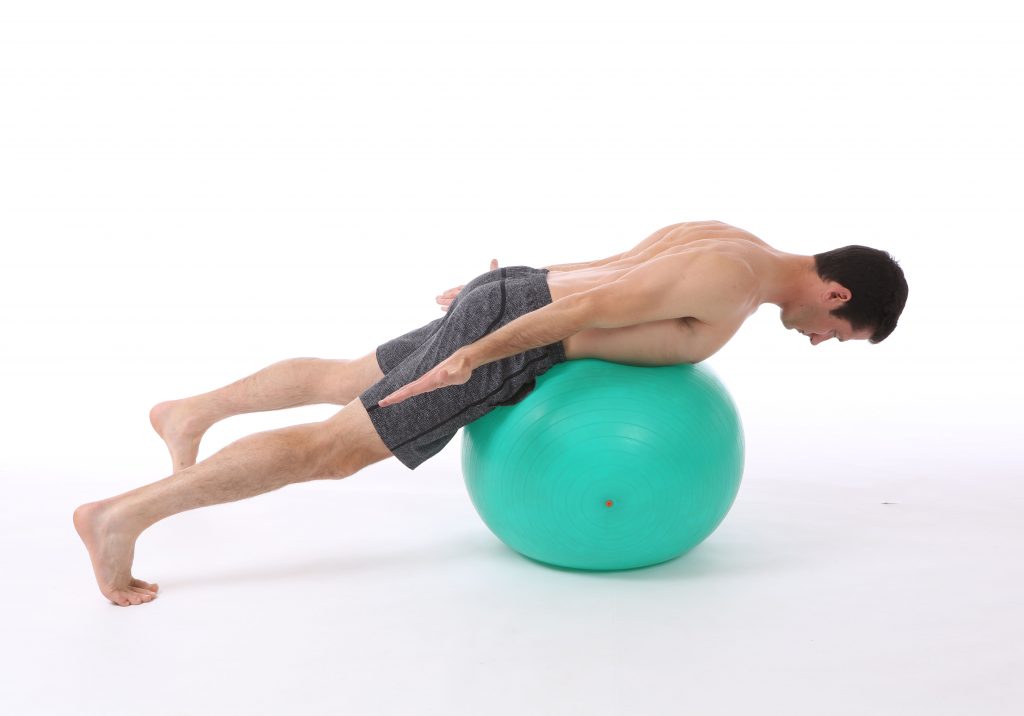
‘I’
Straighten elbows, turn palms down, and initiate motion from shoulder blades to bring hands up to hip height – keeping arms close to body
-Hold this position (goal is 2 minutes) and/or perform repetitions

‘T’
-Straighten elbows, turn palms down, flex shoulders between 60-90°, and initiate motion from shoulder blades to bring hands up to shoulder height
-Hold this position (goal is 2 minutes) and/or perform repetitions
Lifestyle Modifications
Enhancing mobility and strengthening the right muscles is only part of the plan. It is also important to understand how to optimize your posture.
Below are some examples of common dysfunctional postures we have identified with descriptions:
Posterior-Anterior or Swayback Posture: Notice the forward head and rounding of the mid-back. This causes the shoulder blades to tilt forward and wrap around the forward-tilted rib cage.
Note how the pelvis is positioned in front of the rib cage. A person with this posture may also present with mid or low back pain due to a stretching/lengthening and overactivity of the thoracic paraspinals and lumbar paraspinals respectively.
This posture also places approximately 20-40lbs of force on the cervical spine resulting in neck pain, headaches, shoulder dysfunction, and more.
Posterior-Posterior or Military Posture: This posture is characterized by an active holding up of the rib cage. Often this is a compensatory position to balance out a forward head. Again, the shoulder blades do not have a balanced, neutral rib cage to rest on, because the rib cage is tilted back.
Efficient Vertical-Vertical Posture (pictured below in sitting) places the spine in a neutral position with minimal tension in the system. It is effortless, and allows for maximum functionality and sustainability throughout the course of a long day, while decreasing risk of injury across the span of a career.
An often underrated but important postural aspect to address is sleep position. This is crucial to address, especially for a side sleeper. If we’re going to be lying static for 7-8 hours, it is important to offload any areas of tension, keeping the joints in a loose-packed “relaxed” position.
Pillows and towels are useful to assist in offloading different body regions that would otherwise carry excessive tension, causing restlessness and shoulder pain.
The bottom shoulder is cushioned in a canal-like set up with a pillow or towel under the axial region, and the head pillow positioned tucked securely into the junction between neck and shoulder (as pictured below). For a more in-depth description of optimal sleep positioning, read our previous post on the topic: here.
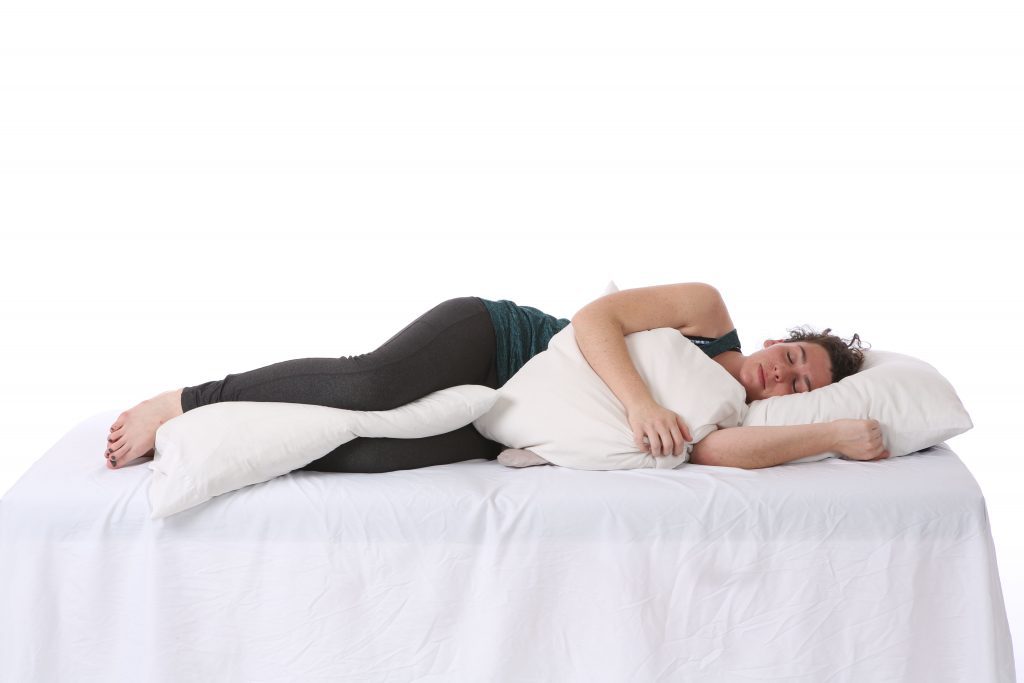
This article has summarized the Functional Manual Therapy® (FMT™) treatment approach developed by the Institute of Physical Art and utilized by all IPA Physio clinics. While these exercises may assist in improving shoulder function, they in no way comprise a individualized treatment plan. If symptoms persist, contact one of our clinics to schedule a comprehensive evaluation and treatment session, and let us help you discover your potential!
Stay tuned for Shoulder Solutions: Part 2 coming out later this month!




